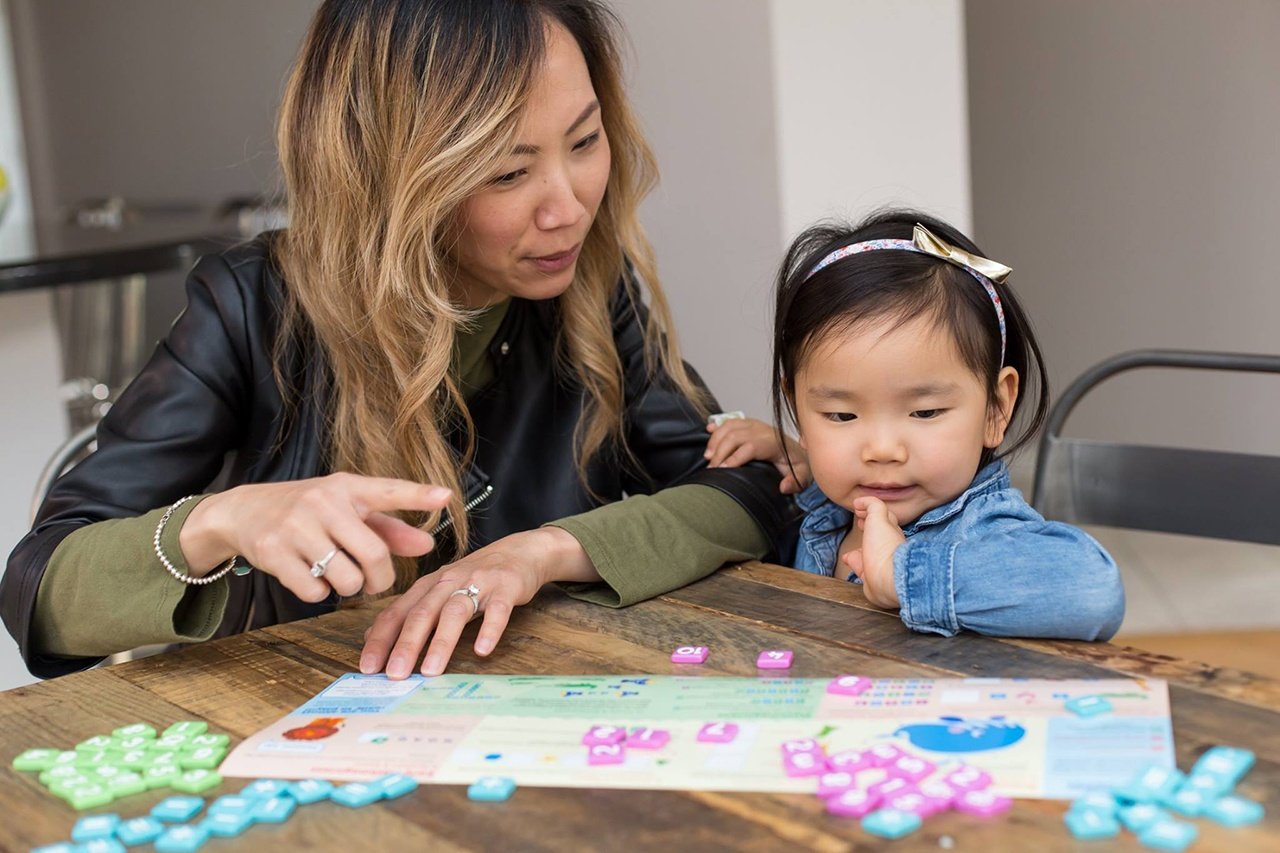Across Canada more and more schools are utilizing split classrooms. Many teachers find the idea of teaching two grades at once daunting, so we want to provide some tips to ensure your experience can be the best it can be, for both teacher and students.
1. First off, think positively!
Administration clearly trusts that you can take on this extra challenge, so think of this change as a compliment, and a chance to grow as a teacher.
2. Let your two groups choose new names for themselves, seperate from their grade level.
This can help to provide a sense of a classroom community and can alleviate the perceived hierarchy of older vs younger grades. Give them a theme to work with, and let them choose within that. For example, if your classroom is forest themed, the two groups can be the squirrels and the raccoons.
3. Understand the class as one group rather than two.
Classes will always be filled with students of varying levels that need adaptations, so this experience shouldn’t be different. Differentiate your instruction by where your students are divided in terms of ability, rather than grade, just like a traditional classroom.
4. Lean on your colleagues.
Meet with other teachers working in your grade range, and utilize each other’s unique skills. Are you more experienced with art class while your peer has a kinesiology degree? Take her grade four students for art class, while she takes your grade threes for phys ed.
5. Teach your students how to work independently.
Set up learning centres so that groups can complete activities on their own while you are instructing others. This not only teaches them valuable skills in autonomy, it also eases your instruction time.
6. Teach the stronger students mentorship skills.
You can create tutoring programs, or simply give the students the space to help each other.
7. Create an “Expert” list.
Create a list with your students that outlines what each child is good at. When another student needs help, before they go to the teacher they must ask an expert. This will build the classroom community, as well as the confidence of your experts.
8. Mix them up!
There will be strong readers in the lower grade, so let them participate in the other group’s book challenges or reading activities. This strategy can be utilized in many subjects.
9. The lesson can be the same, but the work can be different.
Students can all work on book reports they present to the class, simply give the older students different criteria than the younger.
BLOG FAQ
Tips for Teaching Split Classrooms
-
How can I approach the challenge of teaching two grades at once in a split classroom? Embrace the opportunity as a compliment from administration and a chance for personal and professional growth. Adopting a positive mindset can make the experience more fulfilling for both you and your students.
-
How can I foster a sense of community within a split classroom? Allow each group to choose a unique name separate from their grade level, creating a cohesive classroom community. Encourage them to select names within a theme, such as forest animals, to promote inclusivity and camaraderie.
-
What instructional approach should I take in a split classroom? View the class as one group rather than two separate grades. Differentiate instruction based on students' abilities rather than grade levels, similar to how you would in a traditional classroom setting.
-
How can I leverage the support of my colleagues in teaching a split classroom? Collaborate with other teachers within your grade range to share resources and expertise. Utilize each other's strengths to enhance the learning experience for all students, whether it's through specialized subjects or instructional strategies.
-
What strategies can I use to promote independent learning in a split classroom? Implement learning centers to provide opportunities for students to work autonomously while you focus on instruction. This not only fosters independence but also maximizes instructional time.
-
How can I encourage peer mentorship and collaboration among students in a split classroom? Empower stronger students to mentor their peers by creating tutoring programs or allowing them to assist others during group activities. This not only reinforces learning but also builds a supportive classroom community.
These strategies can help ensure that both you and your students have a positive and enriching experience in a split classroom setting.
Do you have some tips you would like to add? Please comment and we will include them in a future post!
h/t Teacher Mag








.png)